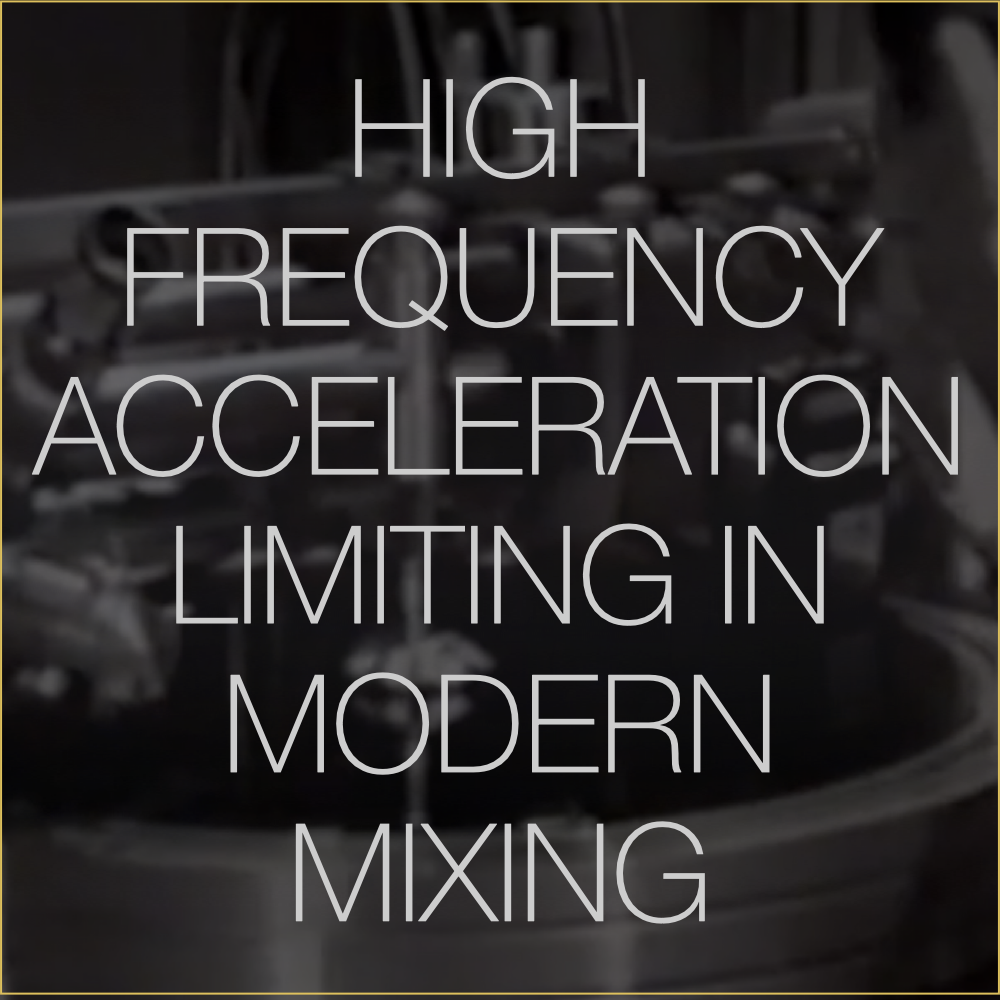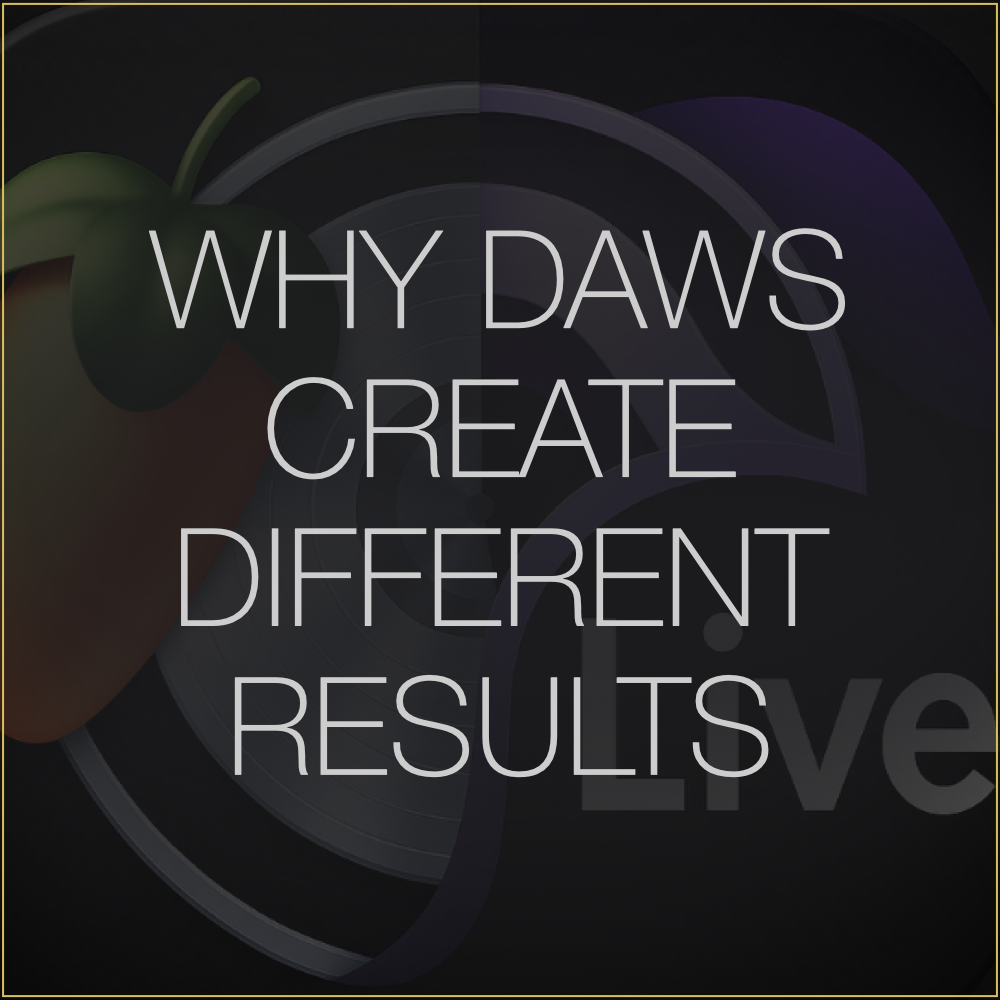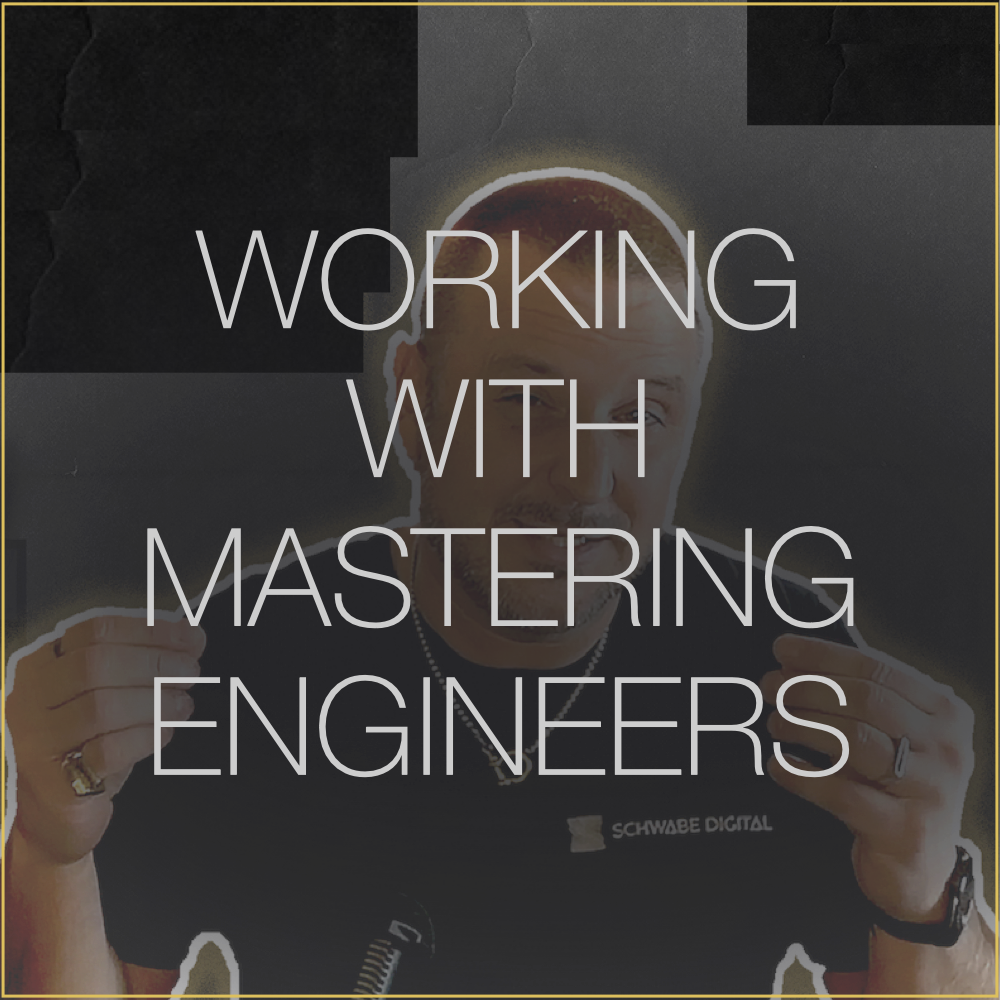Best Practices When Working with Mastering Engineers
I was recently asked to share some tips for mixers and producers on getting the most out of working with a mastering engineer. I see the same avoidable issues come up all the time, so here are a few key things I wish more music makers would do before sending off their work for mastering.
Some of these tips are about the mix itself, others are about how you collaborate with a mastering engineer. Either way, they’ll help you get the best possible master for your project.
1) Don’t Overcook the Mix
I can usually tell right away when a mix has been over-processed. Every insert, every bus—mangled and smeared. We all know that brittle, hashy digital texture. The sound that makes your mix feel smaller, less detailed, and not as robust as you imagined. Almost like there are tiny digital holes poked through it.
Chances are, there might be. Over-processing can cause excessive phase rotation that pierces holes in your mix. One plugin undoes what the last one did, and it all adds up. What’s left is a subtle digital phase smear. You don’t always catch it when you’re deep in the mix, but step back, listen outside the studio, and it’s right there, robbing the track of clarity and punch.
And no, running it through some analog gear at the mastering stage won’t magically fix it. If you’re hearing that brittle texture, don’t just reach for another plugin. Recognize it as a symptom. A sign you’ve stacked too many processors, pulling your mix one way with one plugin, then pushing it back with another, leaving behind only the digital artifacts.
There’s nothing wrong with going hard in a mix. But if every move keeps getting undone by the next, you’ve gone too far. All you’re really left with are the artifacts of those processes, that digital, hashy nastiness we’re all trying to avoid in modern recordings.
The fix is simple: Make sure every mix decision actually improves the source. Don’t just react to the last move you made. Don’t mix in circles. Aim for clear, intentional choices that don’t get undone by the next plugin in the chain.
2) Balance the Low End
Resonances or gaps between 20 Hz and 160 Hz, the first three audible octaves, are where low-end problems live. Get those octaves right and your mix has a much better shot at translating. It’s not just the relationship within those three octaves, but how they collectively balance with the rest of the mix.
If you’re not sure, reference songs you trust. Don’t spend your day chasing low-end on ten bad playback systems. That will just spin you in circles. Pick one or two playback systems you trust, grab your best reference mix, turn the control room up loud for a minute, and do volume-compensated comparisons. Then make intentional balancing moves with a precision EQ.
Dial in the relationship between those three octaves. Once they feel balanced, use a shelf to move all three up or down until they’re “right-sized” with the rest of the mix. For a deeper dive, check out my earlier blog post: Struggling with Low End? Try This.
3) Communicate the Scope of the Project
I sometimes get a lead single that sounds drastically different from the rest of the project. Maybe it was mixed by a different engineer, or just labored over with more detail and intensity. And sometimes, I’m not even told the song is part of a full-length project. Then, weeks later, the rest of the EP or LP shows up—and it’s tough to match tone or loudness because the new material feels completely different.
If you’re working on an EP or LP, let your mastering engineer know early. If I’m mastering the single, send over a sneak peek of the other tracks, even rough mixes, especially if they’re stylistically different. It helps me see the bigger picture and set the right tone, even if we’re only starting with one song.
Mastering isn’t just about loudness, EQ or bus processing. A big part of the job is building a cohesive dynamic arc across the whole body of work. And I can’t do that well if I don’t have the full picture.
4) File Delivery - Send Everything
Ideal file delivery looks like this:
Main mix with all mix bus processing, but no limiter
Main mix with all mix bus processing and the limiter (aka loud reference)
All alternates versions: clean, TV, instrumental, a'capella, etc.
Some mix engineers are hesitant to remove their limiter, especially if it feels like it’s holding the mix together, and that’s totally fine. But it also limits what I can do with dynamics and tone shaping. Without the limiter, I can usually make better choices, often louder and more musical ones. If you’re worried, just send a screenshot of your limiter settings and I can start from there.
That said, I can absolutely work with limited mixes, and in some cases, it’s the best option. If you go that route, just make sure all the alternate versions follow the same gain staging. In other words, keep the limiter on for those too.
5) Listen Before You Send
This one’s easy, but it gets missed all the time because it feels too obvious. Before sending your mix off to mastering, listen to the actual file. Sit with it. Maybe even wait a day. You might catch a muted vocal, a weird edit, or something that just doesn’t feel right.
Mastering has a tendency to bring up details you missed in your mix. Clicks and pops can be repaired, and resonances can be tamed—but when things get louder, subtle issues you missed can suddenly become more noticeable. Listen with intention and watch for any blemishes you may have overlooked while deep in the mix process.
Every final mix print I make before mastering is done with my eyes closed and my hands off the mouse. If I can sit through it without opening my eyes or feeling the urge to tweak something, it’s done. It might not seem that impactful, but removing visual input really does heighten your auditory perception.
Mastering can be iterative, sure—but rushing a mix out the door only adds friction to a process that should feel final.
Mastering is the final step in record production, not the rescue mission. So make intentional moves when mixing. Don’t overcook it. Get your low-end balance right. Take a day, listen back with fresh ears, and catch anything you might’ve missed. And don't forget to share the full scope of the project with your mastering engineer.
Do all that, and more often than not, mastering will take care of itself.
Have questions? Just hit reply, and we’ll get back to you. You can also tag us on instagram—we’re always happy to connect!
Be well,
Ryan Schwabe
Grammy-nominated and multi-platinum mixing & mastering engineer
Founder of Schwabe Digital





















